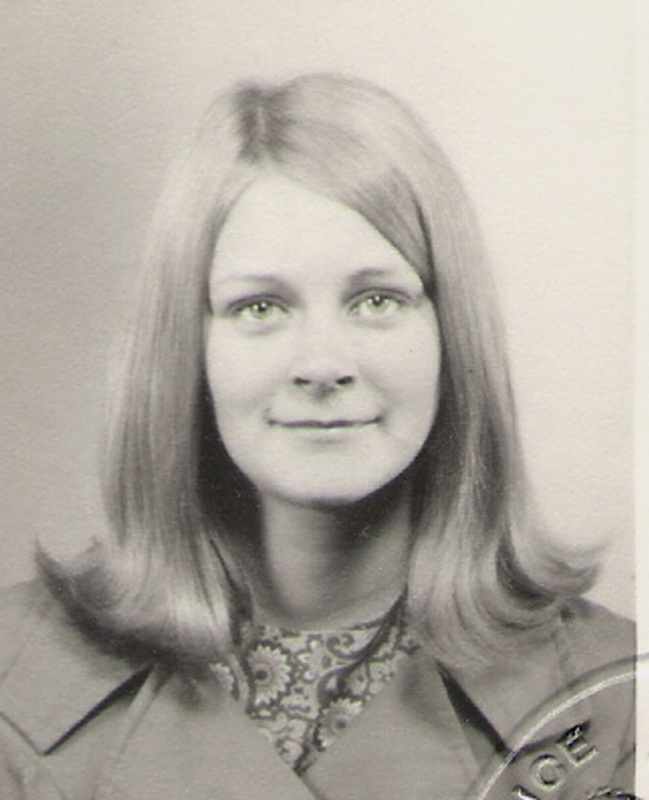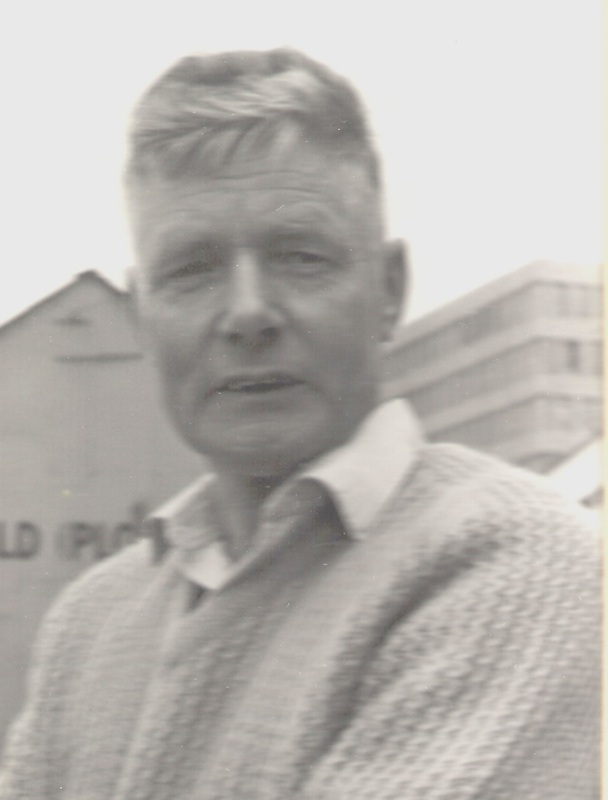On Sunday, 19th April, after having made all the necessary preparations, we left Balboa and motored to the Tobago Islands, where we were becalmed for four hours. Then at 4 pm the wind and sea built up and we could see a storm hanging over Balboa.
On the 20th the wind was down to force 1 and a small bird, obviously distressed, came aboard and we tried to feed and shelter it but it hid in our furled mainsail. We looked occasionally to see how it was getting on, but later in the day it had gone. We felt rather sad and very sorry for the little creature as it did not appear to have the strength to reach land. We often wondered whether it did.
During the next few days the wind was very slight and variable, it was overcast and no sights were possible, we could only aim at the South West and hope for the best.
The following day the wind was a little stronger, and although we did not know our position, we caught our first fish after all the time we had been at sea on our journey. From this we had a very good meal as we fried the fish in batter and cooked chips and all in all it was very palatable.
During the night Penny called me out, as it was her watch whilst I slept, to see what looked like a huge sea serpent. On further investigation with a torch however, we found it to be an enormous log with sea birds perched on it. If we had hit this at speed it would have holed our 9/16" thick hold, so after breathing freely once again we carried on and meanwhile thought about how our journey could have ended.
For the next nine days winds were variable, one day force 1 and overcast, another for a few hours it would be up to 4-5 veering force 7 and then flat calm, at nights the sea was like glass. During this time I was only able to take poor sights and our position was unknown. This kind of weather continued on for several days and we had calms, variables and squalls with the wind from every direction. We would sail for 24 hours and apparently make good progress, but our position, when we worked it out would show only a distance of 10 to 12 miles per day. We began to think that our Sextant was in grave error and that we were hopelessly lost.
Imagine our joy when I sighted the rock Malpelo one evening and we were able to fix our position as half-way in the right general direction. Then imagine our despair when after two days we could still see Malpelo, and this after sailing an estimated 50 miles each day. It became obvious that we were fighting a much stronger current than we had imagined possible and we were only helped by fluky winds. Now we could only plod on and hope for the best.
Our voyage started, went on and ended with calm variables to the very last day. Our first sighting of the Galapagos was at Tower Island, far to the north of our proposed destination at Wreck Bay on San Cristobal. But we were pleased to see it, no one can imagine unless they have actually experienced this kind of journey. On the evening of the 24th day we came in sight of Dalrymple Rock, the entrance marker for Wreck Bay. With the wind dead on our nose we fought to get there before dark, as according to the pilot entrance by night is dangerous.
Finally realizing we could not make it we eased off and headed down wind to a small sandy bay about 4 miles along the coast. Drifting inshore on the last of the dying wind we dropped anchor about 30 yards offshore in 18ft of clear sandbottom water, just as the light started to fade. After a makeshift meal, we were too tired to bother with very much, we rolled into our banks and slept like logs, able to relax at least without having to worry as to our position or whether we would dash out to take down canvas in squalls. During this 24 day crossing I had raised reefed or lowered sail more times that I had during the previous six months of our journey.
During the next few days the wind was very slight and variable, it was overcast and no sights were possible, we could only aim at the South West and hope for the best.
The following day the wind was a little stronger, and although we did not know our position, we caught our first fish after all the time we had been at sea on our journey. From this we had a very good meal as we fried the fish in batter and cooked chips and all in all it was very palatable.
During the night Penny called me out, as it was her watch whilst I slept, to see what looked like a huge sea serpent. On further investigation with a torch however, we found it to be an enormous log with sea birds perched on it. If we had hit this at speed it would have holed our 9/16" thick hold, so after breathing freely once again we carried on and meanwhile thought about how our journey could have ended.
For the next nine days winds were variable, one day force 1 and overcast, another for a few hours it would be up to 4-5 veering force 7 and then flat calm, at nights the sea was like glass. During this time I was only able to take poor sights and our position was unknown. This kind of weather continued on for several days and we had calms, variables and squalls with the wind from every direction. We would sail for 24 hours and apparently make good progress, but our position, when we worked it out would show only a distance of 10 to 12 miles per day. We began to think that our Sextant was in grave error and that we were hopelessly lost.
Imagine our joy when I sighted the rock Malpelo one evening and we were able to fix our position as half-way in the right general direction. Then imagine our despair when after two days we could still see Malpelo, and this after sailing an estimated 50 miles each day. It became obvious that we were fighting a much stronger current than we had imagined possible and we were only helped by fluky winds. Now we could only plod on and hope for the best.
Our voyage started, went on and ended with calm variables to the very last day. Our first sighting of the Galapagos was at Tower Island, far to the north of our proposed destination at Wreck Bay on San Cristobal. But we were pleased to see it, no one can imagine unless they have actually experienced this kind of journey. On the evening of the 24th day we came in sight of Dalrymple Rock, the entrance marker for Wreck Bay. With the wind dead on our nose we fought to get there before dark, as according to the pilot entrance by night is dangerous.
Finally realizing we could not make it we eased off and headed down wind to a small sandy bay about 4 miles along the coast. Drifting inshore on the last of the dying wind we dropped anchor about 30 yards offshore in 18ft of clear sandbottom water, just as the light started to fade. After a makeshift meal, we were too tired to bother with very much, we rolled into our banks and slept like logs, able to relax at least without having to worry as to our position or whether we would dash out to take down canvas in squalls. During this 24 day crossing I had raised reefed or lowered sail more times that I had during the previous six months of our journey.


 RSS Feed
RSS Feed